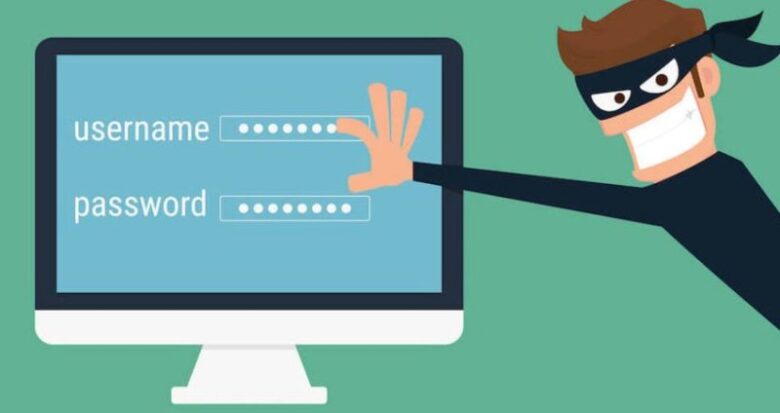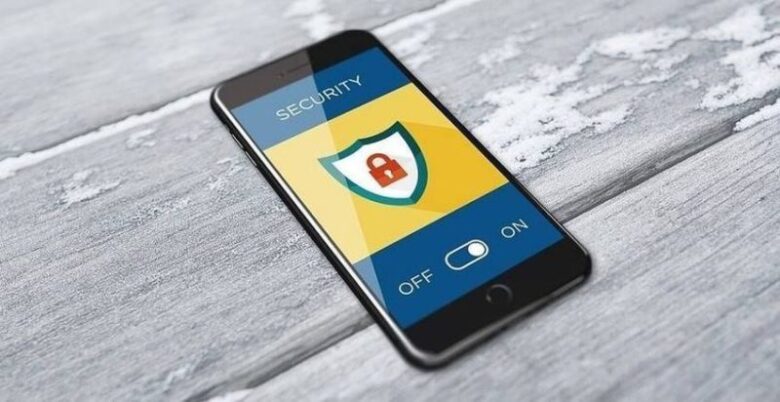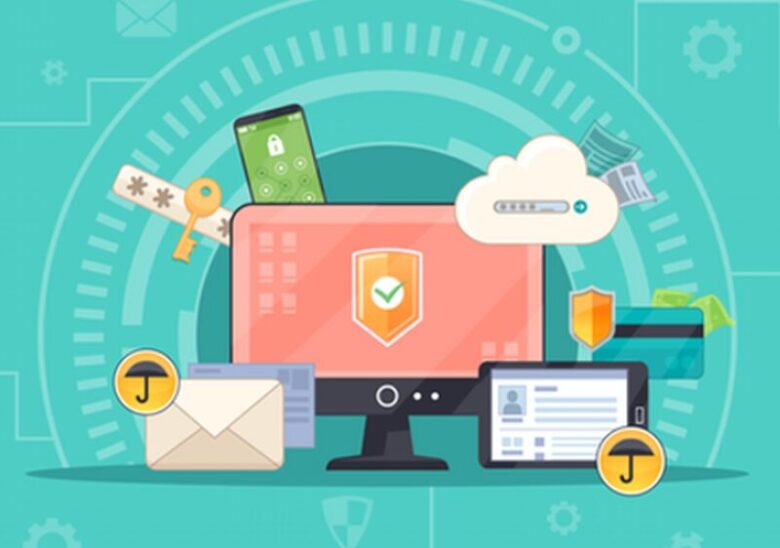Identity theft revolves around the abuse of an individual’s personal data for malicious purposes. One of the worst-case scenarios is when a con artist leverages this information to impersonate the victim and perpetrate financial frauds. For example, the malefactor may try to take a loan in the user’s name or even withdraw money from their bank account. Furthermore, this cyber-crime often entails plenty of risks beyond the financial area, such as reputational damages and wrongful charges of committing a felony.

According to rough estimates, about 16 million Americans fall victim to different forms of identity theft every year, with the incurred losses amounting to approximately $17 billion. Moreover, the vast majority of the victims have no idea how the crooks obtained their sensitive information.
Ways to prevent identity theft
Sorting things out after an instance of identity theft has taken place is easier said than done. Therefore, it’s strongly recommended to be proactive in this context and prevent such an attack from ever occurring in the first place. Below is a roundup of the best-practice techniques to be a moving target and thwart these potentially deleterious frauds.
- Use strong passwords
A password consisting of less than 10 characters is weak these days, so be sure to safeguard your online accounts with a longer one. Be creative when generating a password: include lowercase and uppercase letters, numbers and symbols to make it difficult to guess. Also, don’t use personal information available on social networks and other open sources, such as your birth date, the name of your pet, your phone number, and the like.

Importantly, abstain from reusing passwords. You can additionally install a password management tool to automate and add an extra layer of security to the login process. Consider utilizing two-factor authentication.
- Post with caution
Posting any sort of PII (personally identifiable information) on social networks, your personal blog and other publicly available sources is a slippery slope.

Refrain from spilling out personal data in your posts, comments, private messages, or descriptions of the images you upload. Skilled identity thieves can find plenty of breadcrumbs there that lead to information on your whereabouts and private life.
- Steer clear of phishing
Phishing is an oldie on the arena of social engineering scams, but its efficiency hasn’t decreased over the years. It has evolved into a subtle technique that’s hard to identify and easy to fall for.

The common situations where users are exposed to phishing span online shopping, social networking, and the use of email. So, exercising some extra caution with these activities is a must.
- Be watchful when shopping online
Don’t buy from e-commerce websites you aren’t familiar with or ones you don’t trust. Make sure the connection between your device and the web page is encrypted. This is a no-brainer: just check if there is a green padlock next to the URL, which designates that you have visited HTTPS site with a valid digital certificate rather than an unsecured HTTP one.

Opt for additional order verification that involves a secret code being sent to your phone. It’s also a good idea to use a separate payment card for online shopping with no redundant funds on it.
- Safeguard your devices
The rule of thumb is to run browser updates as soon as they are rolled out. By doing so, you can ascertain that the recently documented browser security flaws are patched and cannot be exploited by an attacker. When using a public computer, be sure to surf the web in a private window.

Another good habit is to use the Tor Browser or VPN (Virtual Private Network) client to keep your connection anonymous. For the home network, it is best to connect all devices to a VPN router, instructions and more info can be found on the ibVPN website.
- Use effective antimalware
The present-day cybercrooks have a bevy of top-notch harmful instruments at their disposal. These include keyloggers, RATs (remote access Trojans), spyware, and exploit kits that can facilitate personal data theft behind the victim’s back. Many of these dangerous entities are evasive enough to obfuscate their activity from garden-variety antivirus software. Therefore, use a solution that boasts high detection rates and can identify stealthy viruses as well as zero-day infections.

- Don’t fail to keep your operating system and software up to date
No matter how vanilla this tip may appear, it is extremely important for fending off identity theft. If your device displays a prompt to apply an OS or third-party software update, start the process right away. In addition to fine-tuning the features and enhancing the performance, updates go with fixes for recently discovered security imperfections so that you are protected against the latest attack vectors.
The bottom line
Identity theft is among the most potent forms of fraud. It causes users to lose money and poses serious reputational risks. Although the recommendations above might not guarantee 100% protection, they will certainly prevent your personal information from being low-hanging fruit.


